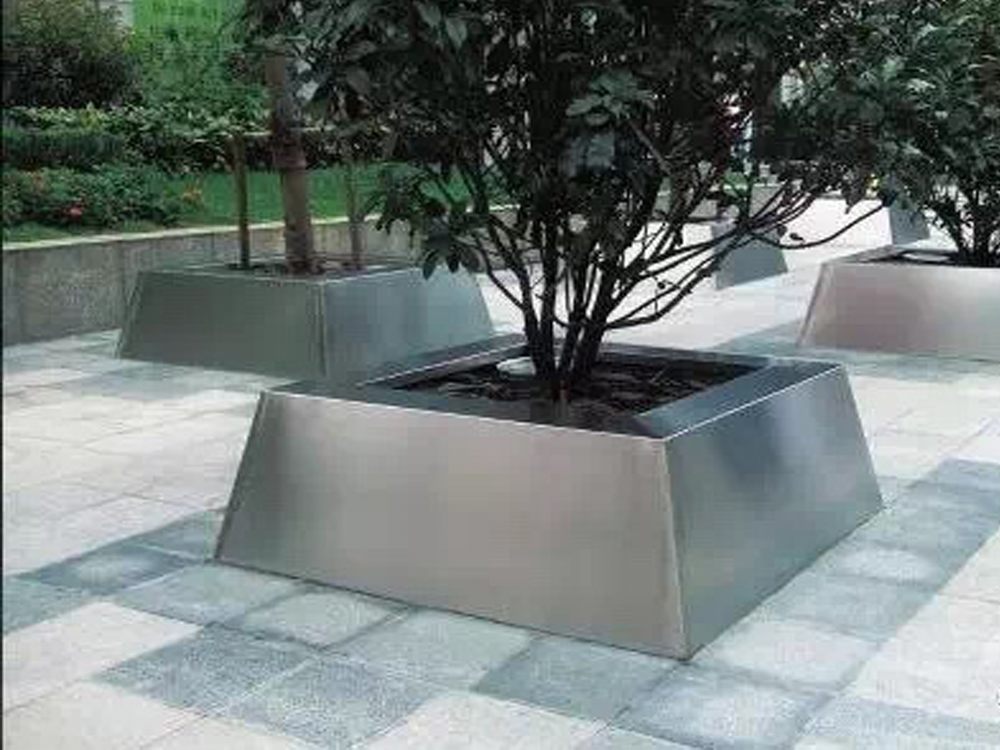
Bronze sculptures stand as a testament to the harmonious blend of art and science, where creativity meets precision. The process begins with metallurgy, as artists must understand the properties of bronze—a durable alloy of copper and tin—to shape their visions. Scientific principles govern the metal's melting point, fluidity, and cooling rates, ensuring structural integrity.
The lost-wax casting technique, a method refined over millennia, showcases this intersection. Artists first sculpt their design in wax, applying heat to melt it away and leave a mold. Molten bronze is then poured into this cavity, a step demanding exact temperature control to avoid defects. Chemistry plays a role too, as patinas are applied through controlled oxidation, creating vibrant hues without compromising durability.
Beyond technique, bronze sculptures capture motion and emotion through anatomical precision. Renaissance sculptors like Donatello studied human anatomy to render lifelike forms, while modern artists use 3D modeling to push boundaries. From ancient artifacts to contemporary installations, bronze sculptures remain a dialogue between artistic expression and scientific innovation, proving that beauty and logic are inseparable.

